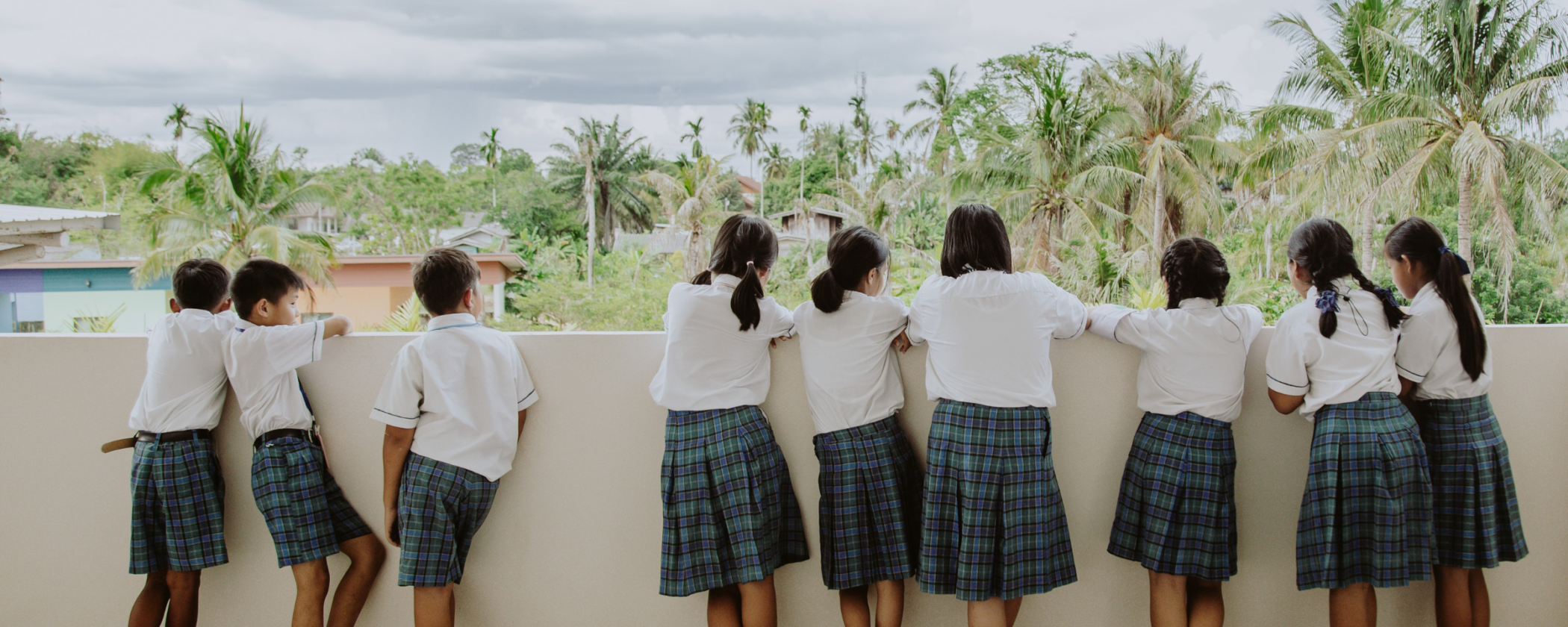Child abuse in organisations
Child abuse is a devastating crime, with lifelong impacts for the child. The social and occupational consequences of failing to safeguard children are so serious, they can slow a country’s development.

0BN
Children were abused in the last year
0
Children die from violence every day
0%
of children are subjected to online sexual harm
0M
Children face violence in or around school
0.1%
of disabled children have experienced violence
0M
de niños, niñas y adolescentes maltratados en el último año
0
Niños, niñas y adolescentes mueren cada día a causa de la violencia
0%
de los niños y niñas sufren de abuso sexual en línea
0M
de niños y niñas sufren violencia en la escuela o en sus alrededores
0.1%
de los niños y niñas con discapacidades han sufrido violencia
Millions of children are being abused in organisations worldwide. All organisations have the responsibility to protect children. While the majority do everything they can to keep them safe, too many have critical gaps in child safeguarding which put them at risk from abusers.
The most vulnerable children are most at risk – and least likely to have someone to turn to if they are abused. Children escaping conflicts or crises, experiencing discrimination or marginalisation, or separated from their family and community. Disabled children are almost four times more likely to be subjected to violence and neglect.
How abuse can happen
Abusers infiltrate organisations
Abusers gain positions of trust because no proper background checks are conducted. In some cases, perpetrators actually set up organisations, or work to infiltrate trusted institutions, in order to target children to abuse. In other cases they simply take advantage of the situation and the extreme imbalance of power.
Children have no way to report abuse
Often children do not understand their right to be safe and what is acceptable and unacceptable behaviour from staff. If abuse occurs, they have no way of reporting it or reporting mechanisms are not child-friendly. For example, a five-year-old who has no access to the internet, and is unable to read or write, will not be able to call for help via an email address on a website. In many organisations, victims and survivors are ignored, blamed, shamed, intimidated or revictimised.
People are frightened to report concerns
In some organisations, there are no safe ways to report abuse. Staff are not trained on how to safeguard children and their obligation to report concerns. Or people are frightened to report because of bullying, discrimination, corruption, the fear of being fired or losing desperately needed support from the organisation.
Leaders protect organisations not children
Powerful people and organisations are regarded as ‘untouchable’ and allowed to abuse, or fail to respond appropriately to abuse, with impunity. Organisations fail to act on concerns, or even actively cover up abuse, in some cases for decades. Senior leaders do not recognise that their organisation may be putting children at risk and, then when abuse does occur, act to protect the organisation – not the child.
We are here to help
Get support for your organisation
Our complete range of services, from mentoring to auditing.
Online child safeguarding self-audit
Identify child safeguarding gaps in your organisation.
Any organisation with a commitment to safeguarding children can join our network.